Suffolkandgood
New Member
- Posts
- 449
- Location
- Hertfordshire
That is absolutely amazing. I want some!
decided it was time to change my roof lights. i have 4 bosch 100w floodlights on my roof at them moment and felt that they used a lot of current and were bulky for the light they produced.
so knocked up a prototype light to try out with the thought of making 2 more if it was good because i thought it would look weid with just one spot on the front..
bit of 4" billet
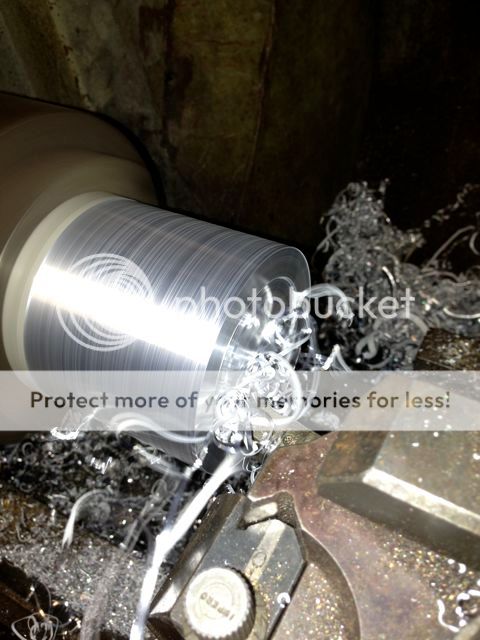
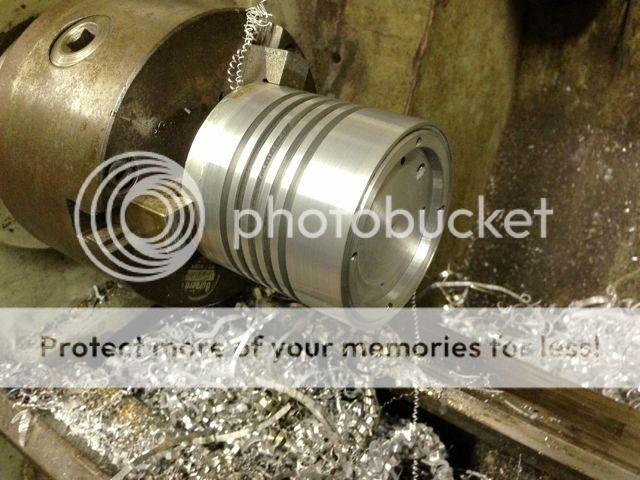
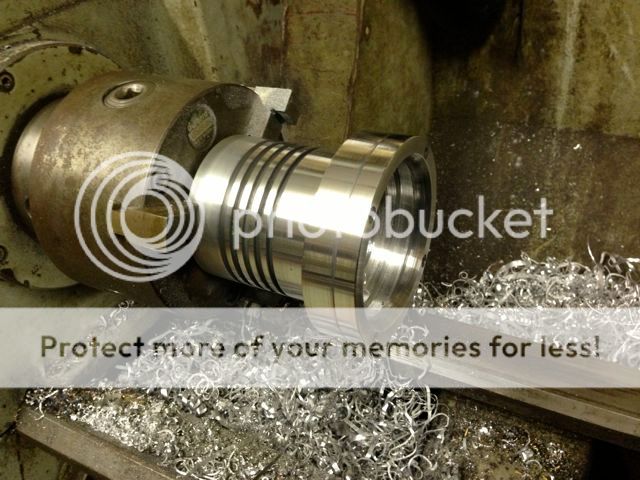
mounted up with lens, reflector, current limiter and 100w cree xpg chip
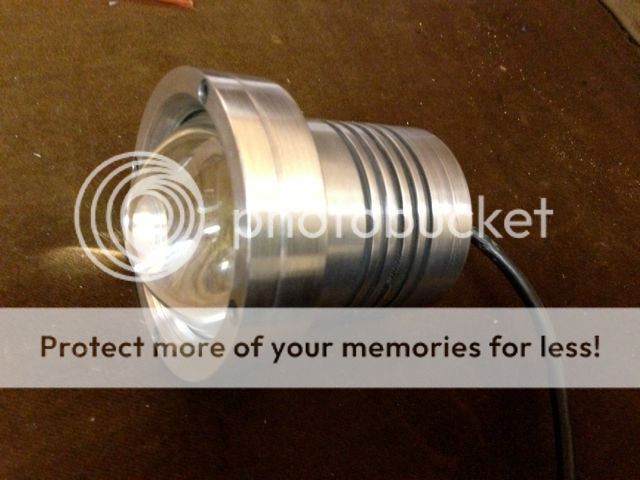
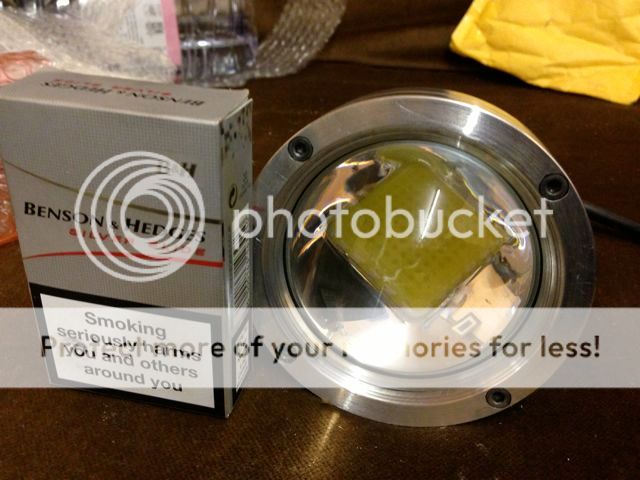
Had high expectations for it, data sheet on the chip is 13000 lumins.
All i can say is that im staggered how bright it is!!!!
its a spot and flood all in one! its definitely 10x brighter than all my original roof lights and headlights on full at once. once its on i cant even tell when i put the roof lights on or flash my full beams.
Obviously it will be used for off road only and im in the process of making a PWM circuit so a will draw less current / heat up less but will also have the feature of dimming it.....
If he builds a PWM power supply as he proposes with temperature feedback, no additional cooling will be needed.Have you read the spec sheet? Speaking to the old man today, he has made a set-up with a 50w and I told him about your one, he commented about the running temp and mentioned that the LED life is reduced if the junction temp is above 65c.
Have you thought about maybe a fan setup?
PWM does not affect current, it switches the LED on and off faster then the eye can see, temperature is controlled by altering the duty cycleIt would have to either limit the current to allow a lower operating temp or cut it off, only reason I mention cooling is so it will keep at optimum operating current.
Might also be with increasing the surface area so it can cool faster, it doesn't matter how big a mass you have as a sink, it still needs to transfer the heat to the air.
Did you get the lenses from the same place ?
Had a thought cooling wise too, would an oil heat sink like you get on arc welders work using a very small electric pump seeing as you're running at 75 at 5* outside so shouldn't need huge cooling ?
I.e. a tube of ally tig welded round the exterior and filled with oil leading to a small cooler to dissipate the heat ?
Would solve the need for fancy electrics to pulse the light
I'd think to step it up a simple winding system may work ?
If you use solid works can you not upload it directly to the CNC lathe ? Just asking as I hate cad
Cad file will do then if complicated ie milling I'll use delcam though for simple turning the machine intuitive programming is fine.
I'd think to step it up a simple winding system may work ?
If you use solid works can you not upload it directly to the CNC lathe ? Just asking as I hate cad
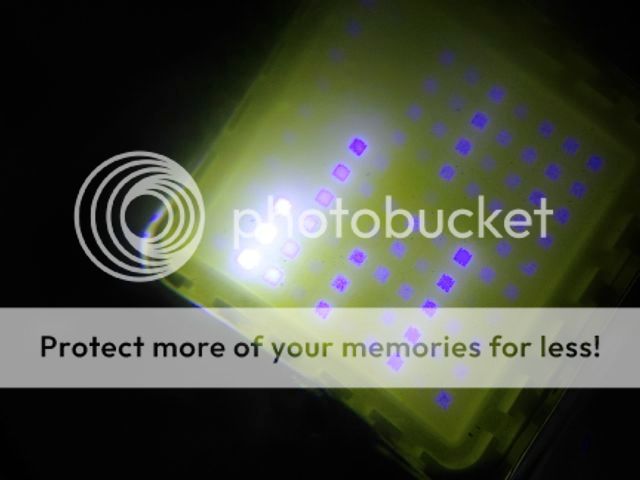
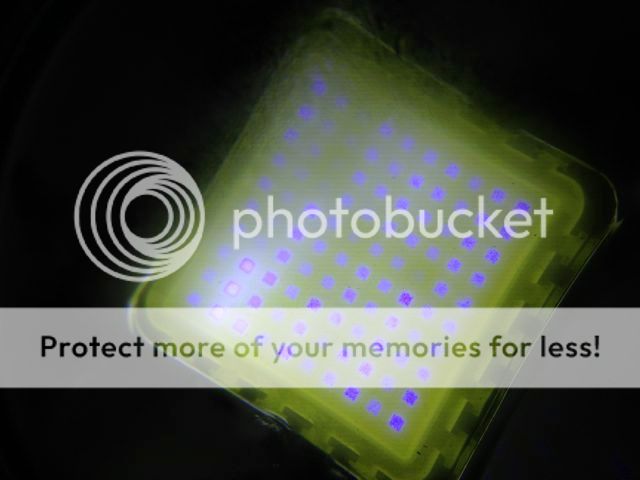

Welcome To LandyZone, the Land Rover Forums!
Here at LandyZone we have plenty of very knowledgable members so if you have any questions about your Land Rover or just want to connect with other Landy owners, you're in the right place.
Registering is free and easy just click here, we hope to see you on the forums soon!
